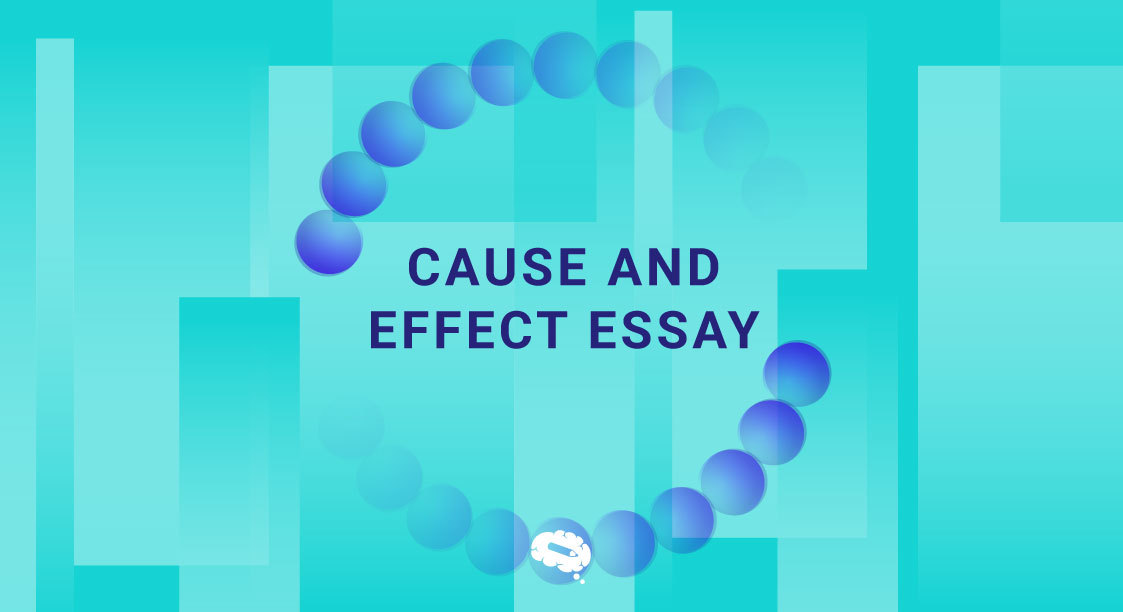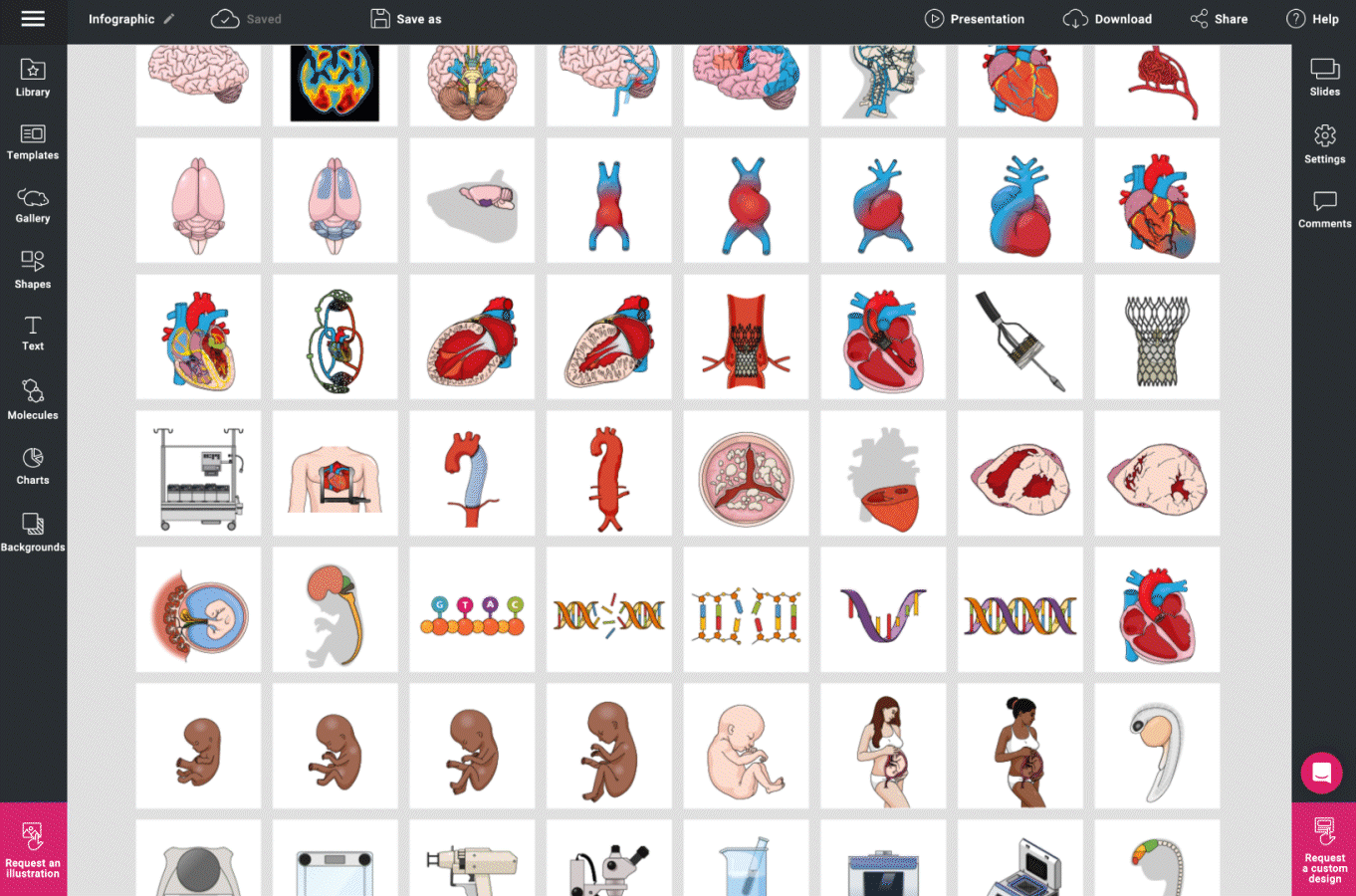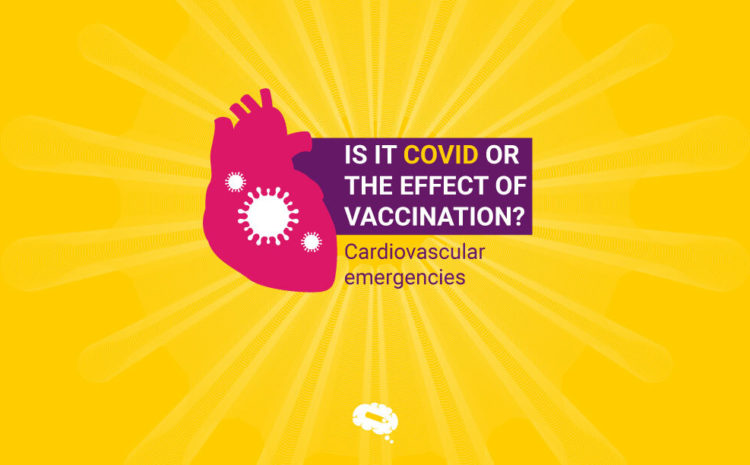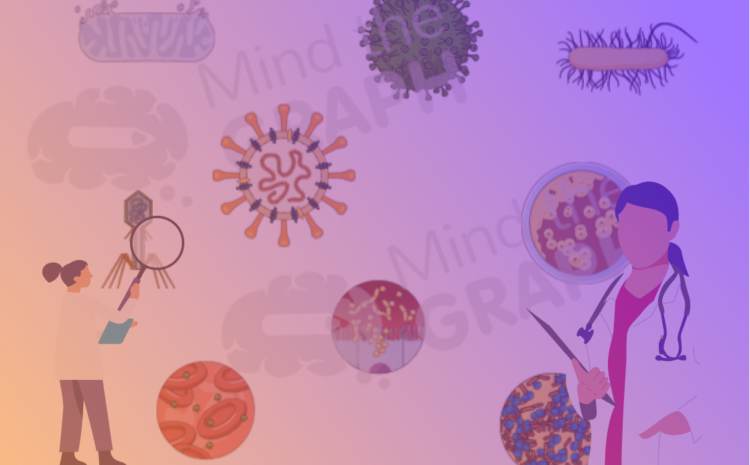Have you ever wondered why certain events unfold the way they do? Or what hidden forces shape the outcomes we witness in our daily lives? The answers lie within the intriguing concept of cause and effect. From the intricate chain of circumstances that led to historical turning points to the subtle influences shaping our personal choices, cause and effect govern the fabric of our existence. In this article, we will explore the cause-and-effect essay and understand its definition, structure, and purpose.
Definition Of Cause-And-Effect Essay
A cause-and-effect essay is a type of academic or expository writing that explores the reasons (causes) for a particular event, situation, or phenomenon and the consequences (effects) that result from it. The primary goal of this essay is to examine and explain the relationship between specific events or circumstances, illustrating how one action or occurrence leads to another and the subsequent outcomes that follow.
In a cause-and-effect essay, the writer typically presents a thesis statement that outlines the main cause or causes of a given issue and then provides evidence and analysis to support their argument. The evidence may include factual data, statistics, examples, and expert opinions. The essay should be well-structured, with a clear introduction, body paragraphs addressing different causes and their respective effects, and a conclusion that summarizes the key points and reinforces the main thesis.
This type of essay is valuable in helping readers understand the underlying connections between events and their impacts. It can be applied to a wide range of subjects, including historical events, social issues, scientific phenomena, and more. By analyzing causes and effects, the essay aims to provide insights into the complex interplay of factors that shape various aspects of the world around us.
Purpose Of Cause-And-Effect Essay
The purpose of a cause-and-effect essay is to explore the reasons behind a particular event, situation, or phenomenon and to analyze the consequences that result from it. The essay aims to explain the relationship between specific causes and their corresponding effects, providing insights into how actions or circumstances lead to particular outcomes. Here are some key objectives of a cause-and-effect essay:
Understanding
The essay helps readers understand the underlying reasons and connections between events or occurrences, shedding light on the factors that influence the outcome.
Analysis
It encourages critical thinking and analysis as the writer examines the cause-effect relationships, supporting their claims with evidence and reasoning.
Persuasion
Cause-and-effect essays can be persuasive, aiming to convince the audience of a particular cause or its effects and potentially proposing solutions to address the issue.
Problem-Solving
By identifying causes and effects, the essay can contribute to problem-solving efforts by addressing root causes or mitigating negative consequences.
Structure Of Cause-And-Effect Essay
The structure of a cause-and-effect essay typically follows a well-defined pattern:
Introduction
- The introduction should provide background information on the topic and introduce the main cause or event being discussed.
- Include a thesis statement that clearly states the main cause or effect the essay will focus on.
Body Paragraphs
- Each body paragraph should address a specific cause or effect, providing evidence and examples to support the claim.
- If discussing causes, the writer may delve into the reasons behind the event or situation, presenting supporting evidence for each cause.
- If discussing effects, the writer may explore the various consequences resulting from the event, illustrating how it impacts different aspects of society or individuals.
- It’s important to use transitional words or phrases to show the logical progression from cause to effect or vice versa.
Supporting Evidence
- Use relevant data, statistics, examples, and expert opinions to back up the cause-and-effect relationships presented in the essay.
- The evidence should be credible and directly related to the points being made.
Counter Arguments (optional)
- In some cases, it might be useful to address potential counterarguments to strengthen the essay’s credibility and demonstrate a comprehensive understanding of the topic.
Conclusion
- Summarize the key points discussed in the essay, emphasizing the cause-and-effect relationships.
- Reiterate the thesis statement and the main points to reinforce the essay’s central message.
- Consider suggesting potential solutions or implications resulting from the analysis.
Explanation Of The Cause-And-Effect Relationships Between Ideas.
Cause-and-effect relationships between ideas involve identifying the factors that lead to specific outcomes or consequences. These relationships help us understand the reasons behind certain events or situations and how they impact various aspects of life. When explaining cause-and-effect relationships between ideas, there are two main scenarios to consider:
Cause – Effect
This type of relationship involves explaining how one idea or event (the cause) directly leads to another idea or outcome (the effect). Here’s how to explain this relationship:
Identify The Cause
Start by clearly stating the specific cause or idea that initiates the chain of events or influences the situation.
Show The Direct Link
Explain how the cause directly affects the effect. Describe the mechanism or process through which the cause brings about the effect.
Provide Evidence
Support your explanation with evidence, such as data, examples, or expert opinions, to strengthen the causal connection.
Example: Cause – Effect
Cause: Excessive deforestation
Effect: Decline in biodiversity
Explanation: Excessive deforestation leads to a decline in biodiversity because it destroys habitats, displaces species, and disrupts ecosystems.
Effect – Cause
In this scenario, you explain how a specific outcome or consequence (the effect) is the result of certain contributing factors or ideas (the causes). Here’s how to explain this relationship:
Identify The Effect
Start by clearly stating the specific effect or outcome that is being discussed.
Identify The Causes
Identify and explain the factors or ideas that contribute to the occurrence of the effect.
Show The Relationship
Describe how the combination or interaction of these causes leads to the observed effect.
Provide Evidence
Support your explanation with evidence to demonstrate the relationship between the causes and the effect.
Example: Effect – Causes
Effect: Increase in childhood obesity rates
Explanation: The increase in childhood obesity rates can be attributed to factors such as unhealthy diets, sedentary lifestyles, and the prevalence of fast-food consumption.
When explaining cause-and-effect relationships between ideas, it’s crucial to provide clear and logical explanations, supported by relevant evidence. Additionally, it’s essential to consider the complexity of real-world situations, as multiple causes can contribute to a single effect, and a single cause can lead to multiple effects.
Logical Connection Between Ideas
The logical connection between ideas is essential for creating coherent and meaningful communication. When presenting information, whether in writing or speech, the flow of ideas should be organized logically to ensure that the audience can easily follow and understand the message being conveyed. Here are some key aspects of establishing a logical connection between ideas:
Sequence And Order
Arrange ideas in a logical sequence or order that follows a natural progression. This can be chronological (in the order they occurred), hierarchical (from general to specific or vice versa), or based on cause-and-effect relationships.
Transition Words And Phrases
Utilize transitional words and phrases to link ideas together smoothly. Examples of transition words include “therefore,” “however,” “in addition,” “furthermore,” “consequently,” “on the other hand,” etc. These words help show the relationship between one idea and the next.
Also read: Words To Use In Essays: Amplifying Your Academic Writing
Consistent Topic
Stick to a consistent topic or theme throughout your communication. Shifting abruptly between unrelated ideas can confuse the audience and disrupt the logical flow.
Supporting Evidence
When presenting ideas, back them up with relevant and credible evidence. This could be in the form of data, statistics, examples, anecdotes, expert opinions, or research findings. Evidence helps strengthen the logical connection between ideas and adds credibility to your arguments.
Avoiding Logical Fallacies
Be cautious not to include logical fallacies, which are errors in reasoning that can undermine the validity of your arguments. Examples of fallacies include ad hominem attacks, hasty generalizations, false cause-and-effect relationships, etc.
By implementing these strategies, you can establish a logical connection between ideas, making your communication more effective, engaging, and easy to comprehend for your audience.
Also read: Coherence And Cohesion: Writing Tips For Seamless Texts
In conclusion, a cause-and-effect essay is a powerful tool for understanding the complex web of relationships that shape our world. Through this form of writing, we gain valuable insights into the reasons behind specific events or situations and their far-reaching consequences. The exploration of causes and effects enables us to identify patterns, make informed decisions, and address pressing issues in society.
Visually Appealing Figures For Your Research
Are you a busy scientist looking for visually appealing figures for your research? Look no further as we present you Mind the Graph – an infographic tool that helps you present your research with illustrations. You can find the designs right from our library of visuals or our experts will create the scientific figures that align with your research. Sign Up now to learn more!

Subscribe to our newsletter
Exclusive high quality content about effective visual
communication in science.







